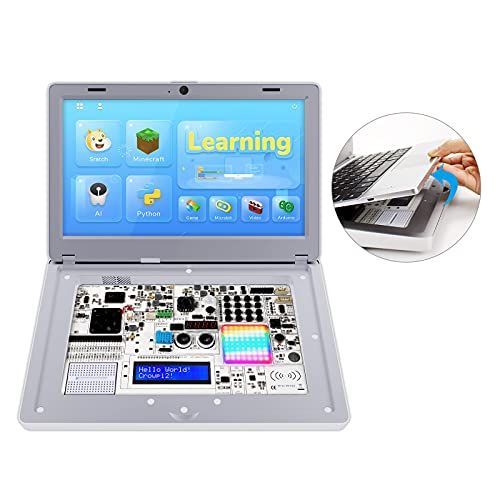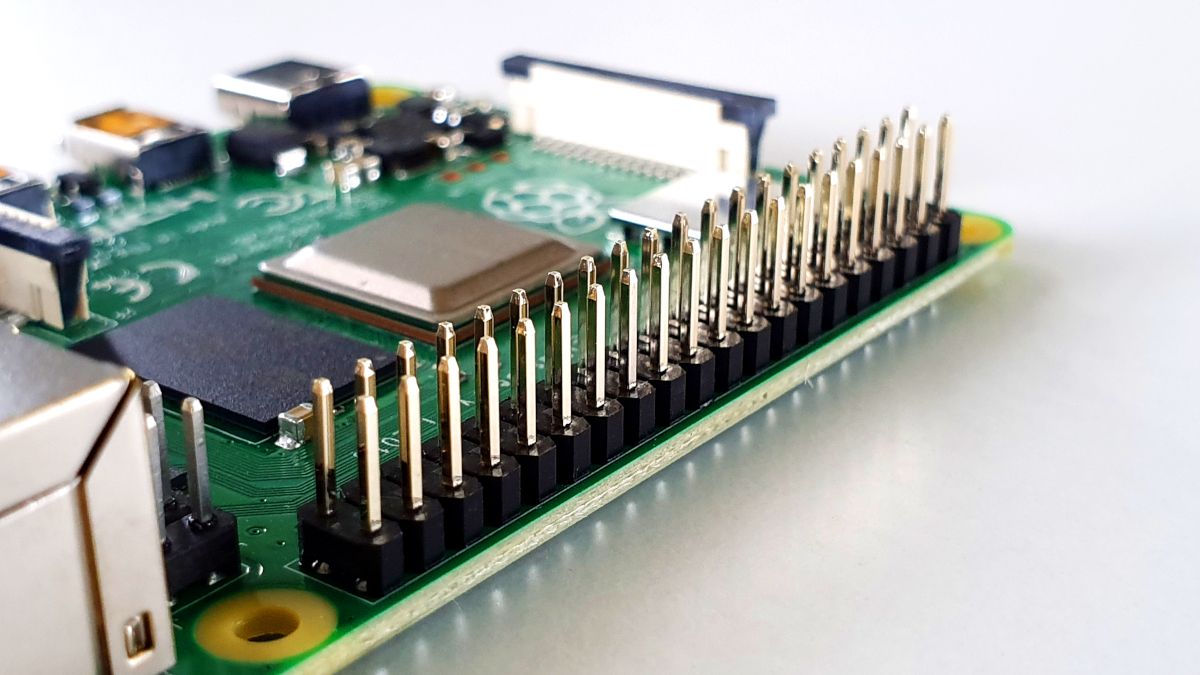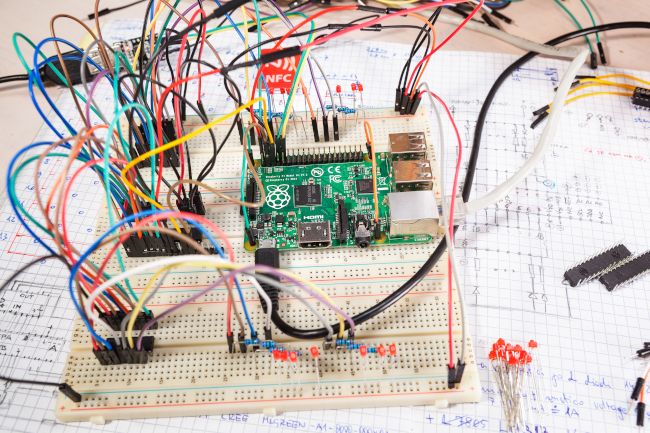If you own a Raspberry Pi or other similar hobbyist computer, you may have noticed it has a GPIO (General-Purpose Input-Output) feature. Most users will never use GPIO, but if you want to build things, GPIO is essential.
GPIO Is a Set of Pins
At the most basic level, GPIO refers to a set of pins on your computer's mainboard or add-on card. These pins can send or receive electrical signals, but they aren't designed for any specific purpose. This is why they're called "general-purpose" IO.
This is unlike common port standards such as USB or DVI. With those cables, each pin wired inside the connection has a designated purpose, which is determined by the governing body that created the standard.
GPIO puts you in charge of what each pin actually does. Although there are still different types of pins on the GPIO array.
Using the Raspberry Pi as the example again, you'll find a few types of pin:
- Pins that provide power at typical voltages such as 3.3V or 5V. This is to power connected devices that don't have their own power source, such as a simple LED.
- Ground pins that do not output power, but are necessary to complete some circuits.
- GPIO pins, which can be configured to send or receive electrical signals.
- Special purpose pins, which vary based on the specific GPIO in question.
GPIO implementations can vary in the exact details on a per-device basis, but the idea is always to allow users to receive or send an electrical signal to almost anything.
What Is GPIO Used For?
The most common use for GPIO is to operate custom electronics. Whether you're building your own robot arm or a DIY weather station, a GPIO interface lets you customize signals so that they operate your equipment correctly.
GPIO interfaces are usually used in conjunction with a "breadboard". Breadboards are a type of temporary circuit board. You can prototype circuits by adding, removing, or moving electronic components around. Many projects that involve devices like a Raspberry Pi have you assemble your device on a breadboard and then connect it to your GPIO pins using wires.
Some advanced Raspberry Pi kits come with an integrated breadboard, such as the CrowPi 2 Laptop, which includes both a Raspberry Pi and more sensors than you can shake a stick at.

CrowPi2 Raspberry Pi Laptop Deluxe Kit
This complete Raspberry Pi programming kit has everything you need to learn coding, program sensors, and assemble your own electronic circuits.
One of the most simple GPIO projects for Raspberry Pi computers is to add a simple power button, which the standard board lacks.
Another popular device that features GPIO is the Arduino microcontroller. This isn't a full computer like a Raspberry Pi, but rather a device that's designed to be programmable specifically to control other equipment. For example, you could hook up a light sensor to an Arduino and then program it to turn on your garden lights when the sun goes down. Arduinos have been pivotal to opening the world of robotics and invention to people who may otherwise not have the means to get into engineering and programming.
The Raspberry Pi Foundation has its own Arduino competitor, in the form of the $4 Pico. The Pico features 30 GPIO pins, some of which can handle analog signals, rather than the digital pulses that are more commonplace.
How To Use GPIO
Apart from connecting your GPIO pins to the correct connections on your external circuit board or devices, your computer or microcontroller needs to know what to send over those wires or how to understand the signals that are coming into the GPIO interface.
That means you need software, which more often than not you have to write! On Raspberry Pi systems it's common to write software in Python that can tell the GPIO controller what to send or listen in on the signals that are arriving. After all, "Pi" refers to Python!
Python in particular has two modules known as Rpi.GPIO and Gpiozero. By invoking these modules, you can take control of the GPIO system and make it do your bidding.
The Arduino microcontrollers have their own programming language, which makes it particularly easy to put together projects. You can however use a special version of Python known as MicroPython as well.
The Dangers of GPIO
When you plug a USB device into a USB port, using a certified USB cable, there's an almost zero chance anything will go catastrophically wrong. That's because these IO standards have been carefully designed, tested, and then tested some more to make sure they are safe.
When it comes to GPIO, the buck stops with you. You are the one designing your interface and circuitry. If you short pins, hook up power to things that should not get power, or otherwise play fast and loose with your circuits and connections, you could have a pile of dead components (and GPIO boards) on your hands. This is why you might want to invest in a good Raspberry Pi Kit, since they often come with both the hardware you need and practice projects so that you can learn the ropes safely.


